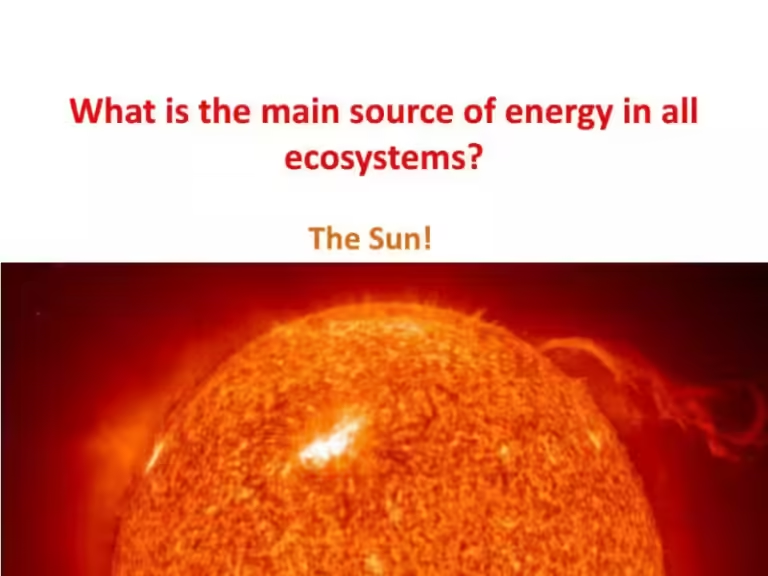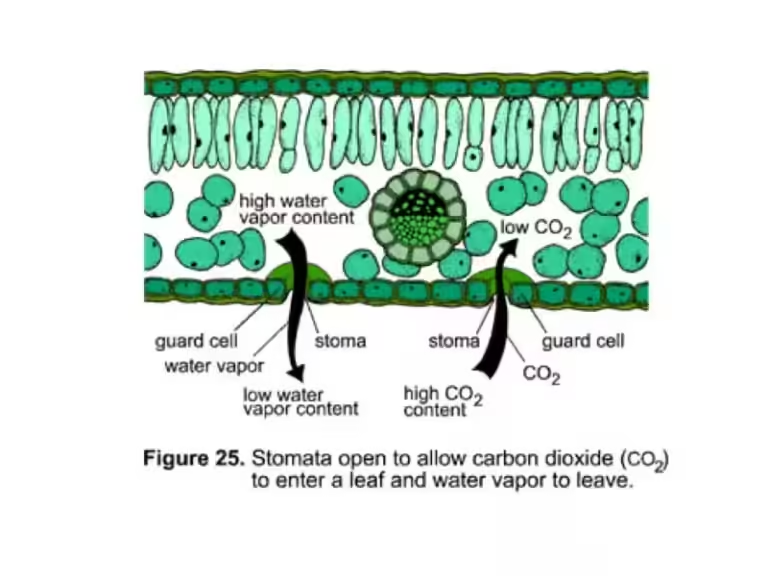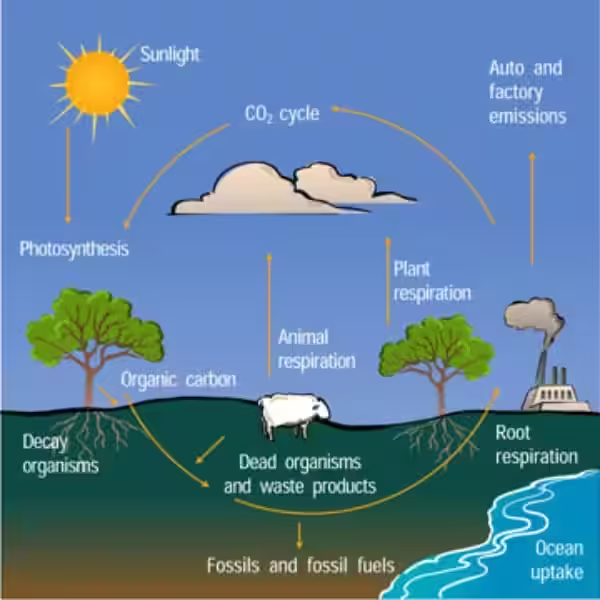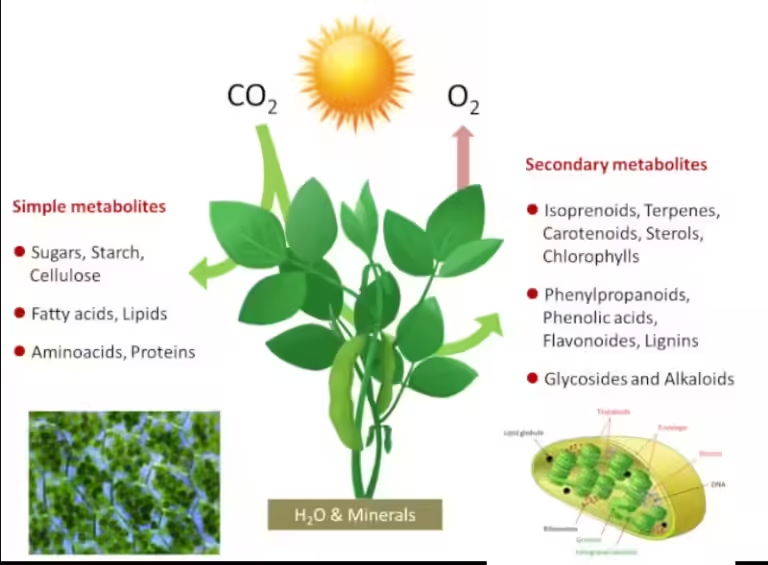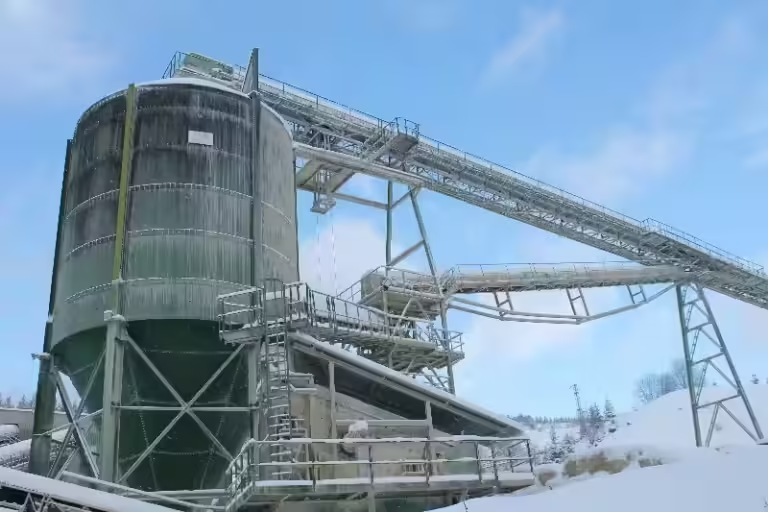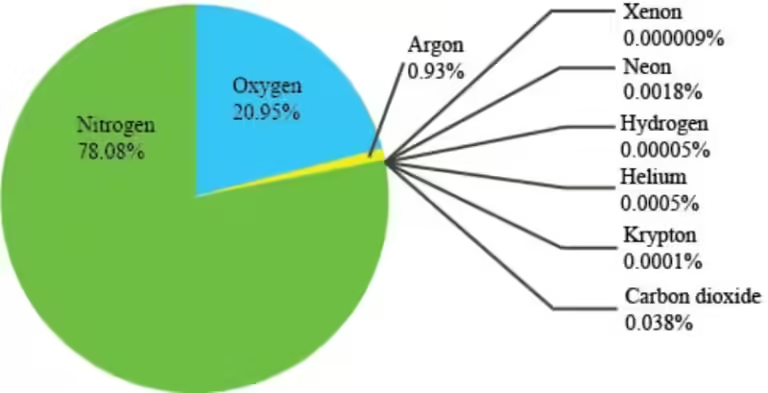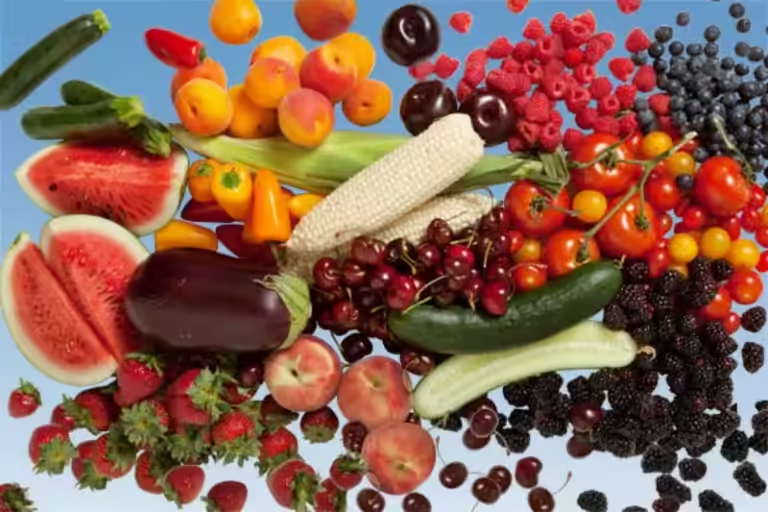The Secret Life of Carbon Dioxide: How Plants Turn Air into Food
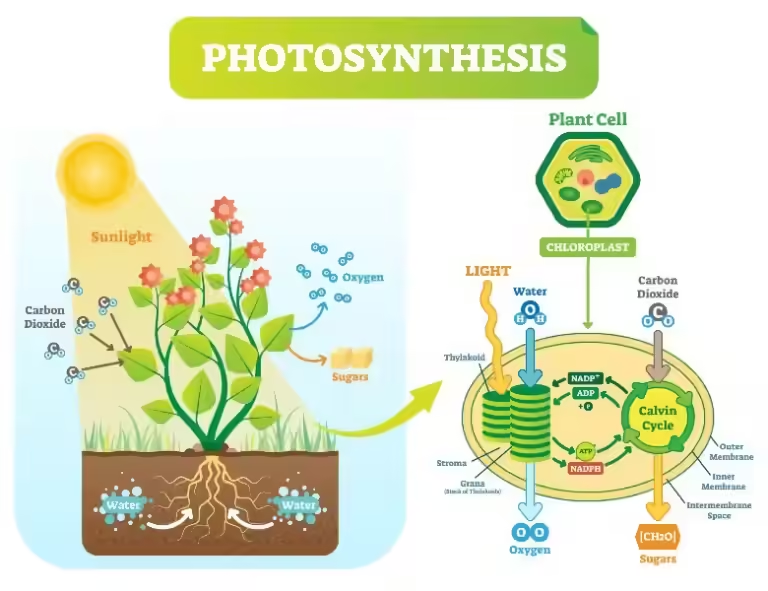
Imagine a world without vibrant green forests, lush meadows, or even the air we breathe. It's hard to comprehend, but without the remarkable process of photosynthesis, our planet would be a very different place. At the heart of this life-giving process lies a seemingly simple, yet crucial transformation: during photosynthesis, CO2 is reduced, meaning it gains electrons. Let's delve into this fascinating reduction reaction and unlock the secrets of how plants transform carbon dioxide into the fuel that sustains life.
From Air to Sugar: The Reduction of Carbon Dioxide
To understand the reduction of CO2 during photosynthesis, it's helpful to think about what "reduction" means in the context of chemistry. Reduction signifies the gain of electrons, essentially giving a molecule a more negative charge. It's like a chemical handoff, where the "handoff" is the transfer of electrons. In the case of CO2, it's a rather unassuming molecule, just carbon and oxygen atoms linked together. But, in the hands of plants, this seemingly simple molecule undergoes a remarkable transformation.
Plants, through their ingenious use of sunlight, water, and a bit of chlorophyll magic, are able to reduce CO2, essentially stripping away its oxygen and adding electrons. This creates a new molecule, a sugar called glucose, which is the plant's primary source of energy.
The Calvin Cycle: Where Carbon Dioxide Gets Its Makeover
The reduction of CO2 doesn't happen by accident. It's a carefully orchestrated process, much like a well-rehearsed dance, taking place in a specific part of the plant called the chloroplast. Within the chloroplast, the Calvin cycle, a series of biochemical reactions, plays the starring role.
Imagine the Calvin cycle as a bustling factory where CO2 molecules enter, undergo a series of transformations, and ultimately emerge as glucose. This process requires energy, which comes from the sun via the light-dependent reactions of photosynthesis. This energy, in the form of ATP and NADPH, is used to power the reduction of CO2, transforming it into glucose.
A Step-by-Step Breakdown of Carbon Dioxide's Transformation
- CO2 Enters the Factory: The Calvin cycle begins with the incorporation of CO2 into a molecule called RuBP (ribulose bisphosphate). This is like the first step on the assembly line.
- The Reduction Process: A series of enzymatic reactions catalyzed by the enzyme rubisco then reduce CO2, adding electrons and energy to it. Think of this as the transformation process where the raw materials are refined.
- Glucose is Born: The final product of this reduction process is glucose, a six-carbon sugar. This is the plant's primary source of energy and the building block for other vital molecules.
The Importance of Reduction: A Vital Link in the Chain of Life
During photosynthesis, CO2 is reduced, this means that it gains electrons, becoming a cornerstone of the food chain. This reduction process is essential for life on Earth. Without it, plants wouldn't be able to produce the food we rely on, and the oxygen we breathe wouldn't exist.
The reduction of CO2 during photosynthesis represents a fundamental shift in the energy landscape of our planet. It's a testament to the remarkable ingenuity of nature, a process that harnesses the energy of the sun to transform simple molecules into the building blocks of life.
Frequently Asked Questions About Photosynthesis
During photosynthesis, CO2 is reduced. What does this mean?
In photosynthesis, carbon dioxide (CO2) is reduced, which means it gains electrons. This process is crucial as it converts CO2, a relatively stable molecule, into glucose (a sugar), a more energy-rich molecule. The reduction of CO2 is powered by the energy captured from sunlight and stored in ATP and NADPH during the light-dependent reactions.

